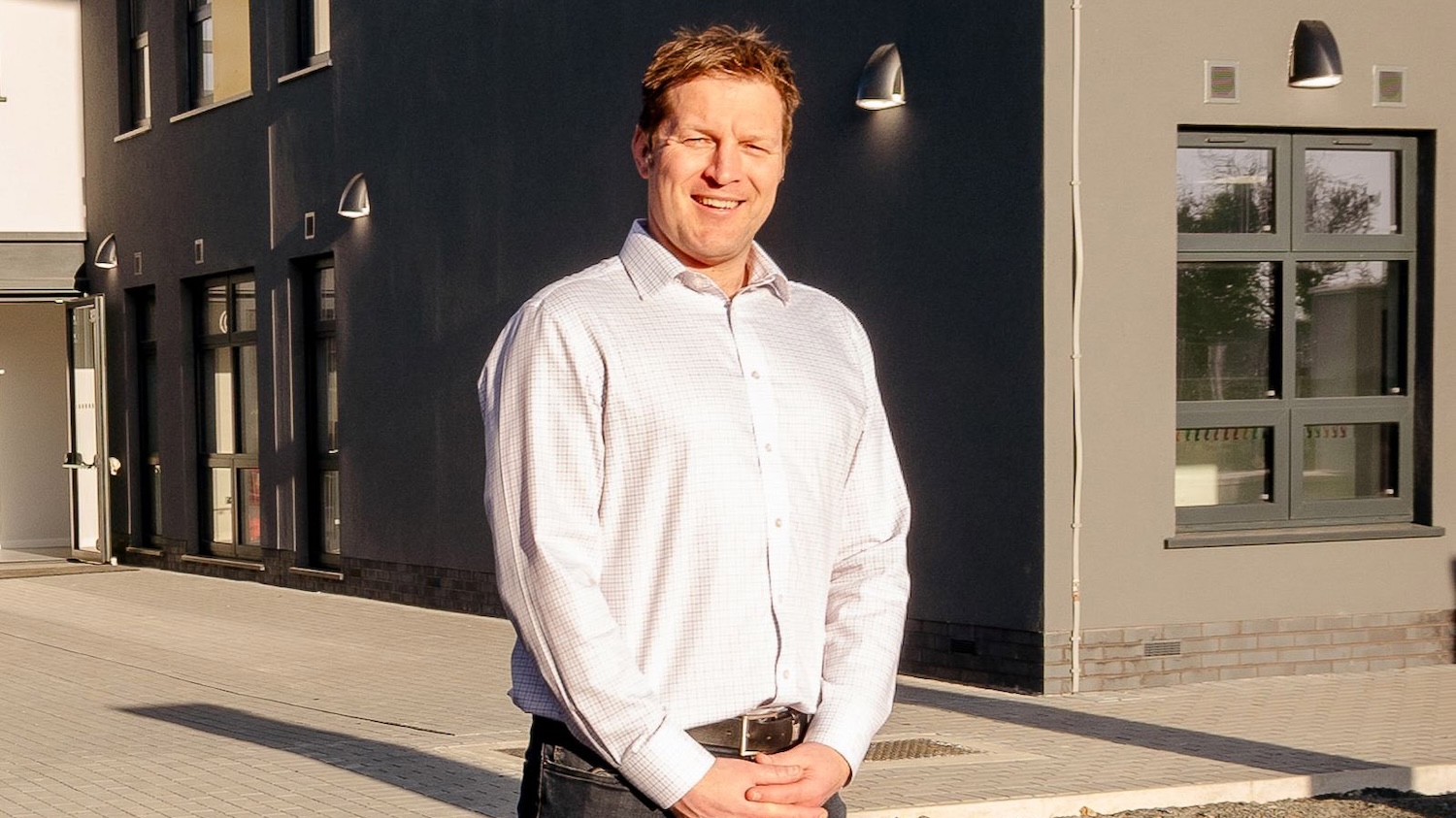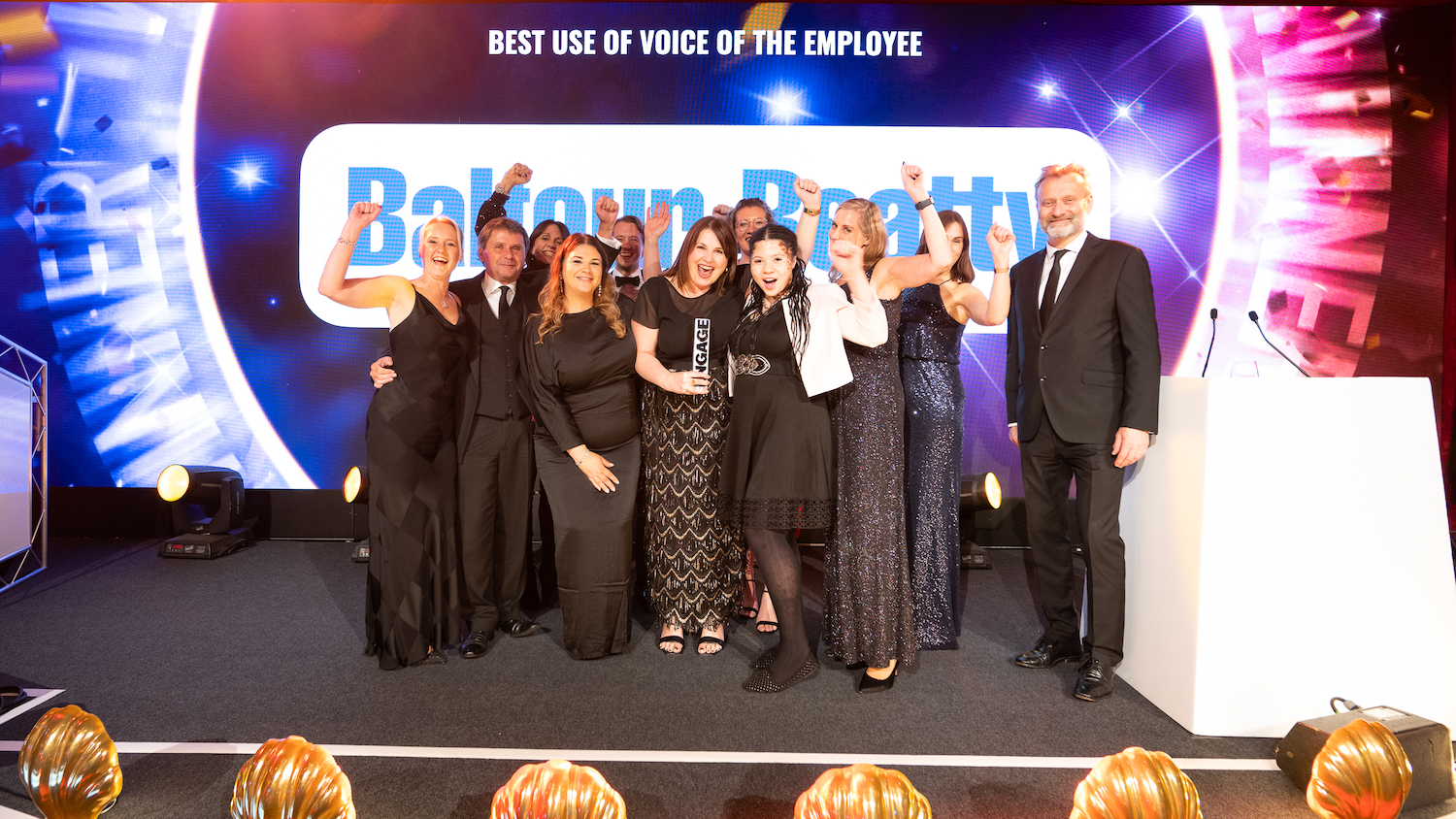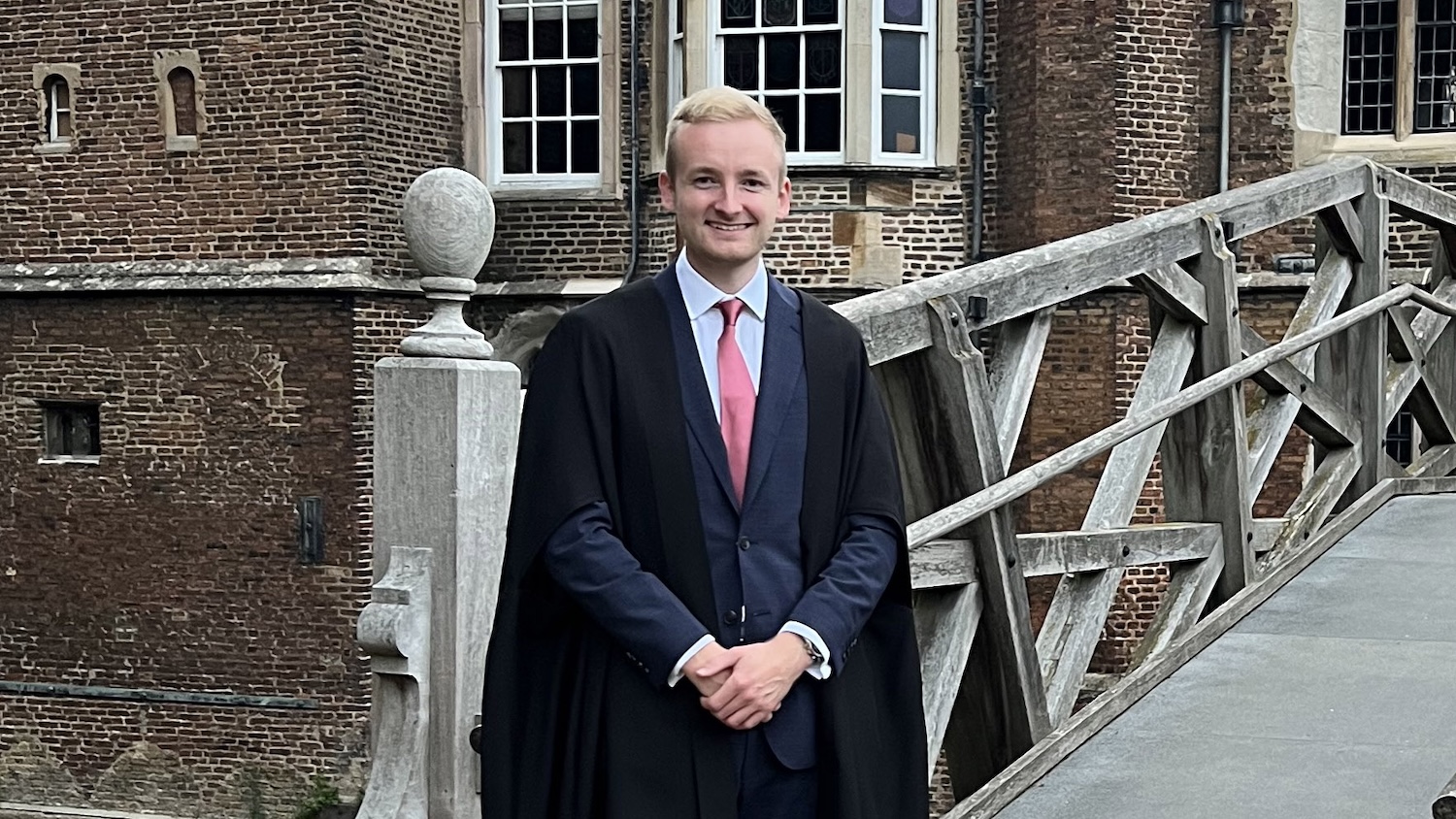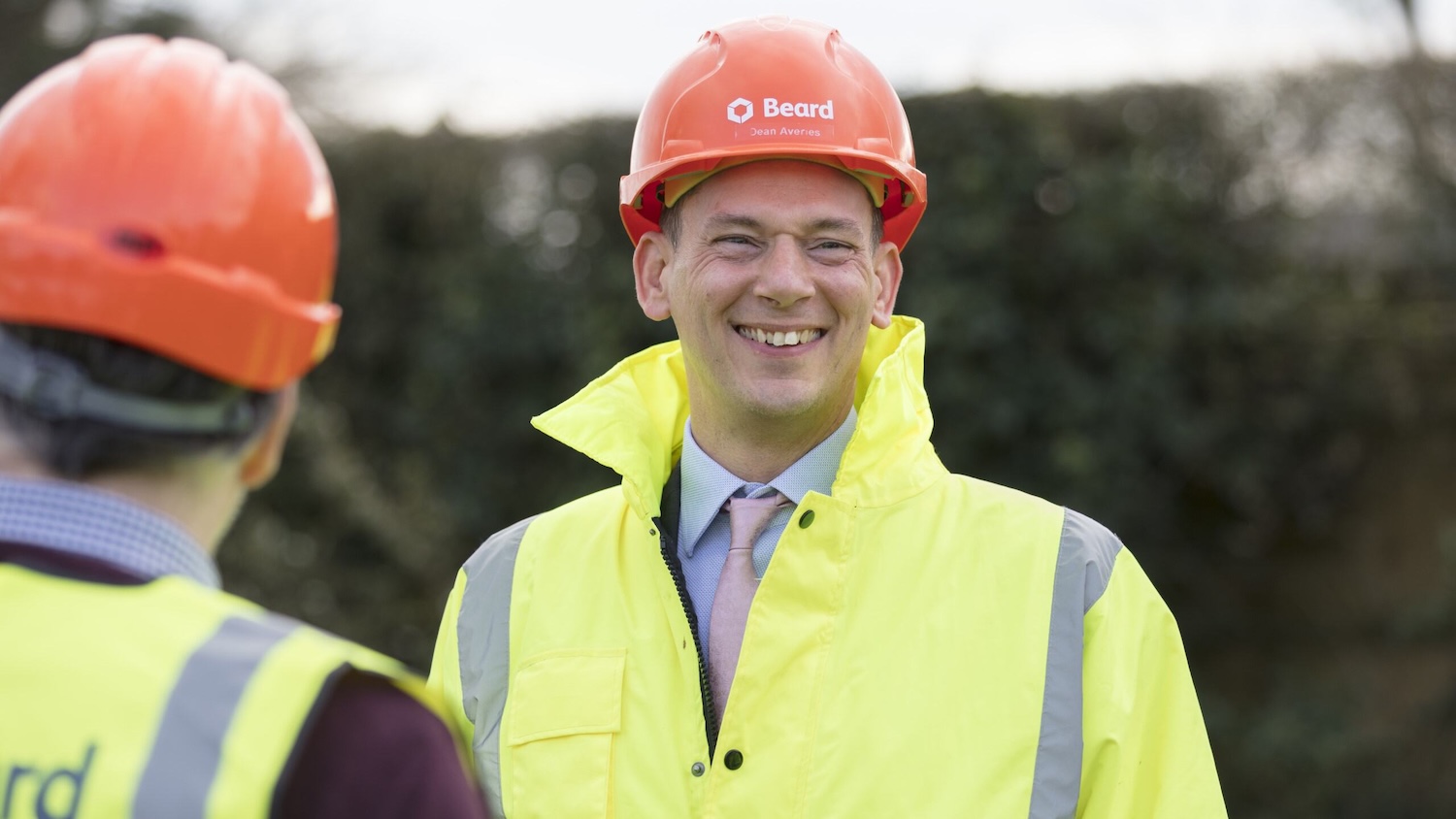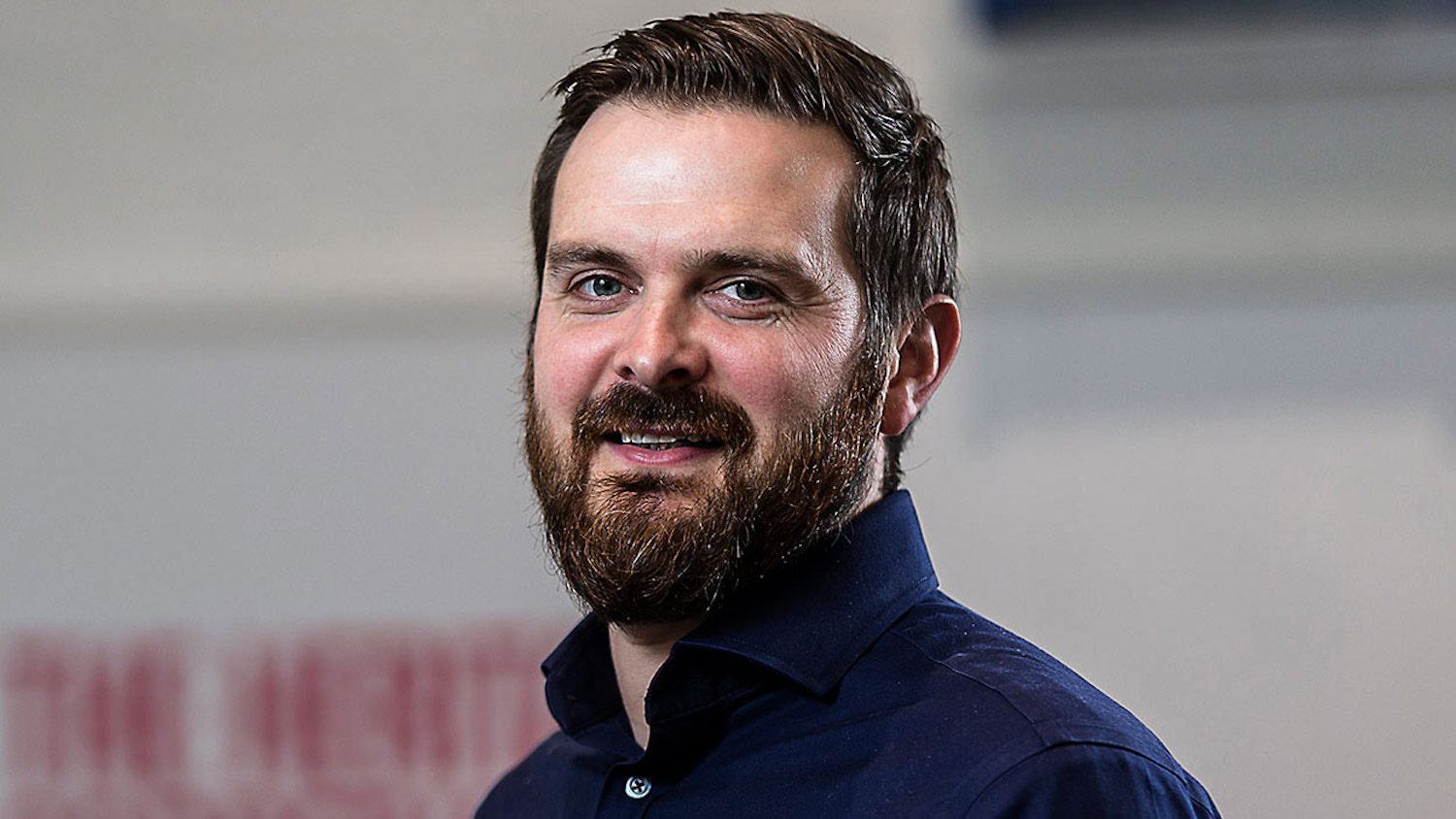
This much I know: ‘There is no better time to join construction’
Dr Graham Kelly, managing director at Okana (formerly BIM Academy), discusses how digital transformation and the pace of change in construction can help to attract the next generation of built environment professionals
What attracted you to a career in the built environment sector?
My father was an engineer and I have always had a fascination with the application of mathematics and scientific principles that apply to the way we build things, which is why I also chose engineering as a career path and began my engineering studies at Loughborough University.
Part of my studies was in construction engineering management, which included in-work training as well as academic studies. I instantly adored being on construction sites and the challenges this presents from an engineering perspective.
The timing of my graduation from university was unfortunate, as my entry into the world of work coincided with the 2008 recession which, as we all know, was an economic catastrophe for the construction industry.
I decided to swiftly return to academia and study for my PhD. After this, I joined BIM Academy, which is now Okana.
My mission at Okana is to shape the industry on how to do things more efficiently, moving beyond traditional building processes to focusing on how things come together digitally before physically.
Just as the growth of digital in industry grew exponentially, so did BIM Academy. It was engrained in our DNA to question, challenge and pragmatically insert new ways of work
What has changed most about digital construction and BIM since you joined the sector?
There have been many changes in the past decade, but I would say the past 10 years have seen the most accelerated change our industry has witnessed in quite some time.
The biggest impact this has had is on culture and the acceptance of new methods of working. Digital adoption is no longer optional; it is a necessity to survive and thrive in an industry that has woken up to the power of innovative technology.
We have also seen a seismic shift in the industry’s approach to building safety and the introduction of the golden thread. This has been instrumental in legislative change and introduced new roles and responsibilities for designers and asset owners.
And it would be remiss of me not to mention artificial intelligence (AI). Whether one sees AI as friend or foe, it is by far the biggest change to influence construction in the past year.
How has Okana and your role within the organisation evolved to keep pace with those changes?
In terms of culture, in the early stages of BIM Academy, the vision was to create a centre for excellence in digital. We knew that digital was the future for construction and we set up to support clients with their digital transformation.
Just as the growth of digital in industry grew exponentially, so did BIM Academy. It was engrained in our DNA to question, challenge and pragmatically insert new ways of work. We have been constantly curious about what’s next and the realisation of the possible.
We fast became trusted advisers to global clients, helping them to address their digital challenges. Because of this proactive approach, we were the first to develop a digital twin on a major international landmark – our work with the Sydney Opera House was digitally ground-breaking.
Now we are not only looking to the future for further digital development but combining place-shaping and economics to drive efficiencies.
The built environment has an important role in climate change and young people have a passion to change the face of sustainability. This generation is focused on addressing environmental challenges while generating economic opportunities
What is the most valuable training you’ve received and why?
There is no better training than doing a PhD. This may be a little hard to explain until you have been through it – the level of self-reflection is intense and the level of deep understanding and exploration has given me the best foundational knowledge to take this learning and apply to real-world challenges.
After this, I felt built environment training was lacking in authenticity outside of academia and set up the learning and development services within BIM Academy to address and rectify this.
Today, we work with both universities and industry to author courses and deliver training to generate new skills in digital construction.
What advice would you give to someone starting in the sector today?
There is no better time to join the construction industry than right now. The pace of change and level of opportunity is immense.
We have a generation who are entering the early stages of their career and who care more than ever about our planet. The built environment has an important role in climate change and young people have a passion to change the face of sustainability.
This generation is focused on addressing environmental challenges while generating economic opportunities.
I would say: never be afraid to question what you’re doing and why, and surround yourself with other curious people.

